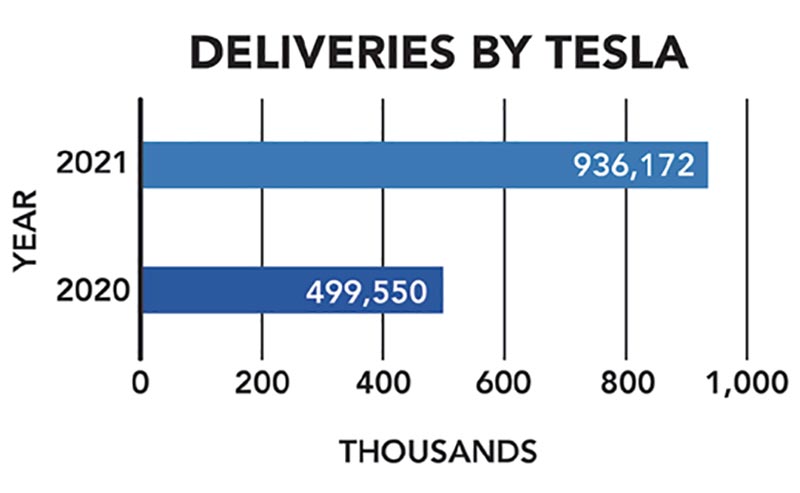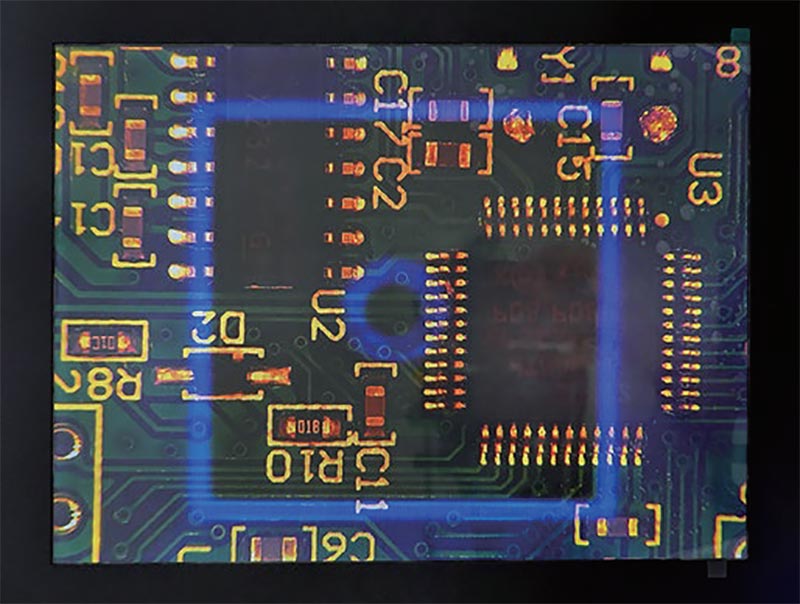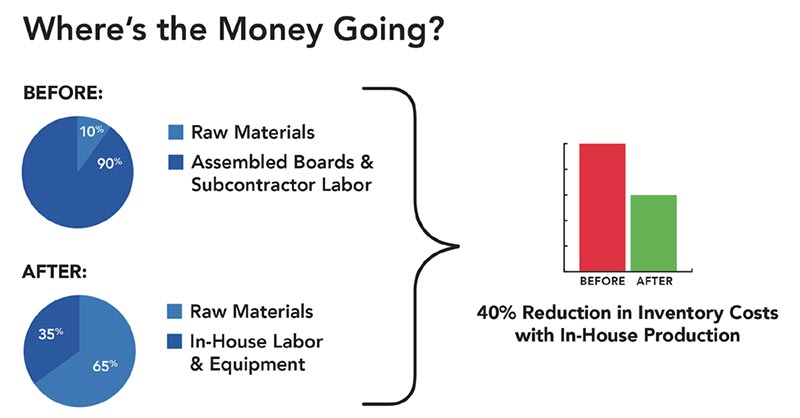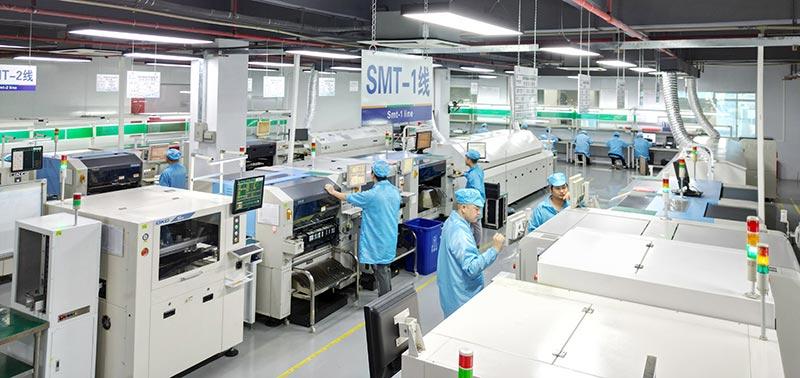Case Study: How Tesla Succeeded Amidst Crisis
Despite a severe global component shortage in the automotive manufacturing industry, Tesla’s electric vehicle deliveries increased by 87%. How did they achieve unprecedented production growth? The answer lies in vertical integration and innovative combinations.

Elon Musk decided to utilize the company’s internal equipment and software engineers, eliminating the need to outsource PCB manufacturing, software programming, assembly processes, and other creative tasks. This allowed Tesla to have full control over production. According to Rebecca Elliot’s report in The Wall Street Journal, Tesla ensured “continuous production line operation” and “quickly rewrote necessary software to integrate alternative chips into cars” through “internal software engineering experts.” It was this internal production approach that enabled Tesla to deliver 936,000 vehicles in 2021 while other automakers struggled with outsourced chip shortages.
What can we learn from Tesla’s success during the chip shortage crisis?
Utilize existing resources: Elon Musk viewed component shortages not as insurmountable obstacles but as opportunities to substitute scarce resources with existing ones. Other companies can follow suit by having internal engineers rewrite software or rework PCBs to retain and reuse essential components.
Complete more production processes internally: Adopting an internal production model like Tesla’s eliminates the need to wait for offshore factories to prioritize shipments, endure long delivery cycles, or cope with current market inflation rates. By embracing internal production and assembly methods, forward-thinking companies can overcome challenges faced by many other players in the automotive industry.

Having production equipment leads to real cost savings
Not all companies can reach Tesla’s scale, but even on a smaller scale, owning Surface Mount Technology (SMT) production equipment can reduce production costs. Internal production eliminates reliance on one-sided information from outsourcing manufacturers since companies have a deep understanding of the materials they use and can flexibly seek alternatives when preferred components are scarce.
With high-quality equipment and a skilled workforce, any business with a degree of creativity can:
Flexibly control production levels
Shorten product conversion cycles
Increase local customer business
Having an assembly line can transform the entire landscape. Internal production only requires bearing material and labor costs compared to the various expenses and inflation rates associated with outsourcing. Tom Beck’s article “Impact Analysis of Converting SMT Assembly to Internal Production on Delivery Cycles, Inventory, Quality, and Total Costs” highlights average cost savings of 35% to 40% after transitioning assembly internally.

The growing trend of internal production models
For instance, CoralVue, a supplier for aquariums, recently shifted towards internal production, significantly improving their manufacturing processes. CEO David D’Aquin mentioned receiving notices of “52-week delivery cycles” when outsourcing tasks previously. Lengthened cycles coupled with increasing costs from overseas PCB manufacturers led them to purchase equipment for internal manufacturing. D’Aquin noted that since transitioning to internal production, they could “flexibly control inventory” and “alleviate cash flow challenges.”
Automated SMT production lines require minimal manpower, making them advantageous in times of labor scarcity. Forward-thinking companies can draw inspiration from CoralVue’s success story for prosperous growth.
Reducing equipment costs through tax incentives
The initial substantial investment in production equipment may deter some companies. However, there are financing options available that allow for sufficient turnaround time to start production and generate revenue even with deferred payments. Additionally, leveraging Section 179 of the tax code during tax filings can reduce tax liabilities by deducting the full amount spent on equipment purchases. In 2018, Section 179 allowed companies to deduct the total equipment purchase amount from their taxable income (up to $1 million), presenting a favorable policy for small businesses.
Deciding to initiate internal production
With the U.S. manufacturing sector driven by demand facing challenges in supply chains, human resources, and supplier deliveries, many companies are seeking solutions. The most successful solution currently is shifting control back from overseas manufacturing to internal operations. Internal production is effective due to its higher cost-effectiveness; coupled with readily available financing and cost offsetting solutions. Owning equipment and directly paying for components and labor costs significantly reduces expenditure.

In today’s economy where companies struggle to sell what they don’t have, utilizing available resources immediately improves production and leads to long-term cost savings. This allows companies to avoid additional expenses like air freight charges and overtime fees while striving to deliver products promptly to customers without incurring these costs. Breaking free from fixed thinking enables companies to deliver high-quality products rapidly and consistently at a fraction of the cost compared to their previous outsourcing expenses.
For companies considering purchasing equipment for internal production, David D’Aquin advises: “Given the current world economic and political landscape, we believe having as much control over business operations as possible is ideal. If PCBs are critical to your business, then investing in an SMT production line will determine your company’s future success.”


